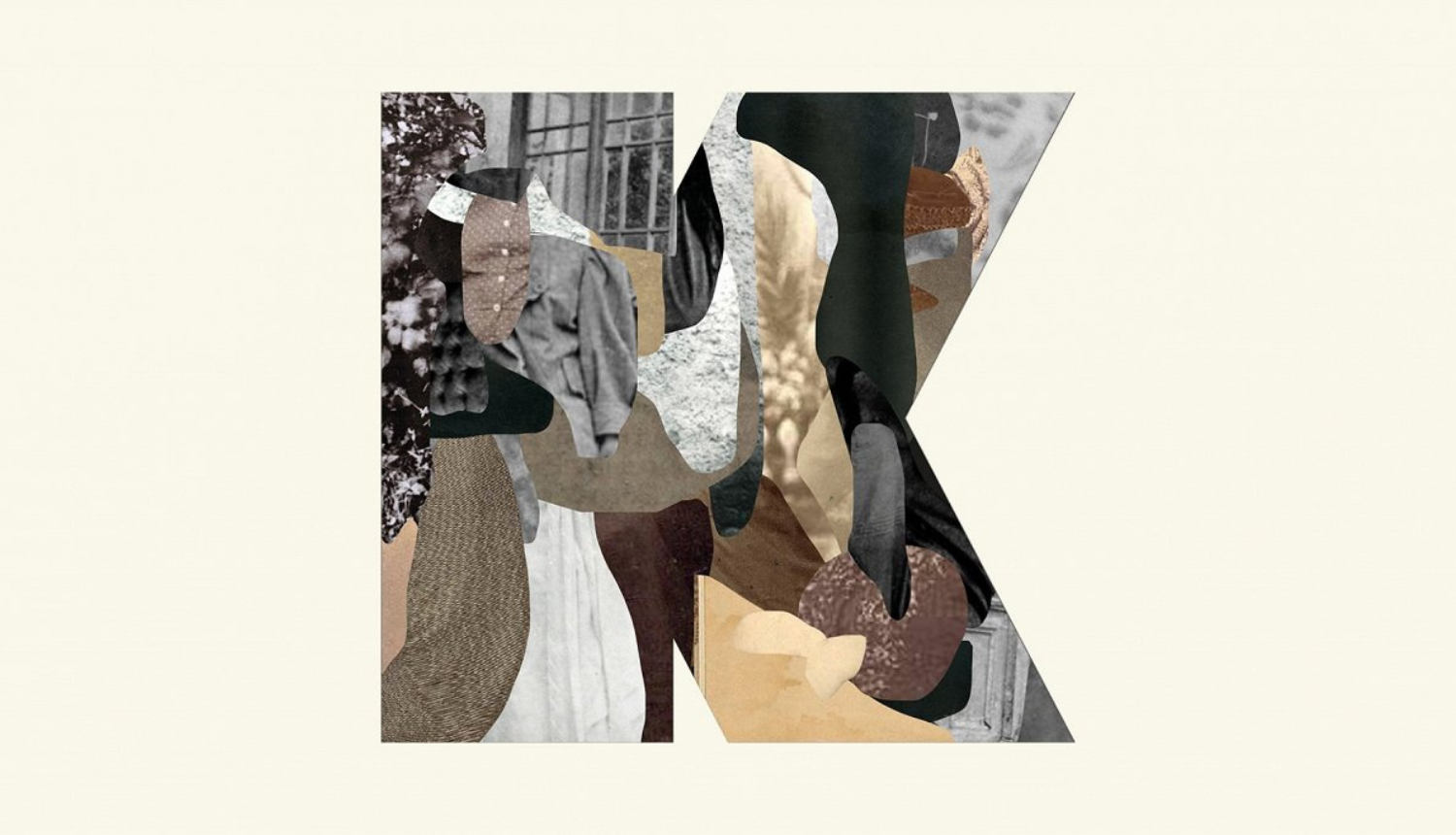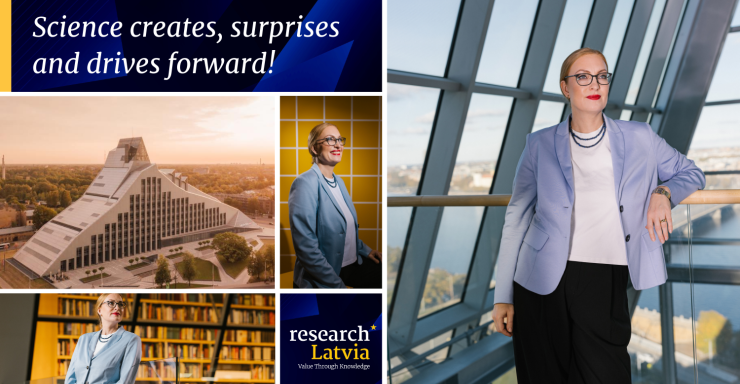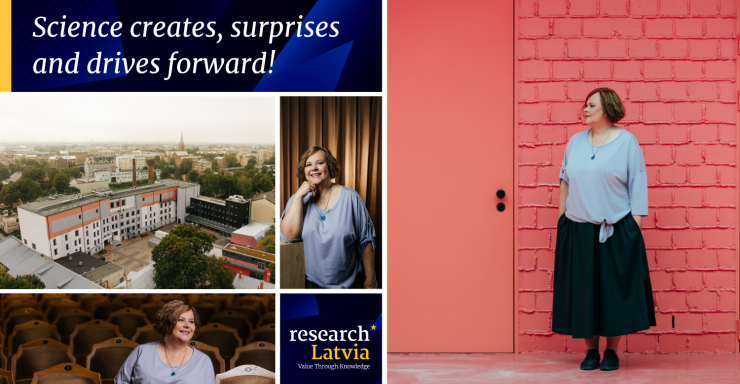From September 4, 2025, the National Library of Latvia (LNB) will host the exhibition Realists, offering visitors a chance to explore the prose works of eight women writers from the late 19th and early 20th centuries. To find out why this exhibition was created and who these “realists” are, LSM.lv spoke with the exhibition curators - researchers Zita Kārkla and Pauls Daija from the Institute of Literature, Folklore and Art, University of Latvia, who are implementing the project “Recovering Latvian Realism: Literary Innovation as a Search for Identity.”
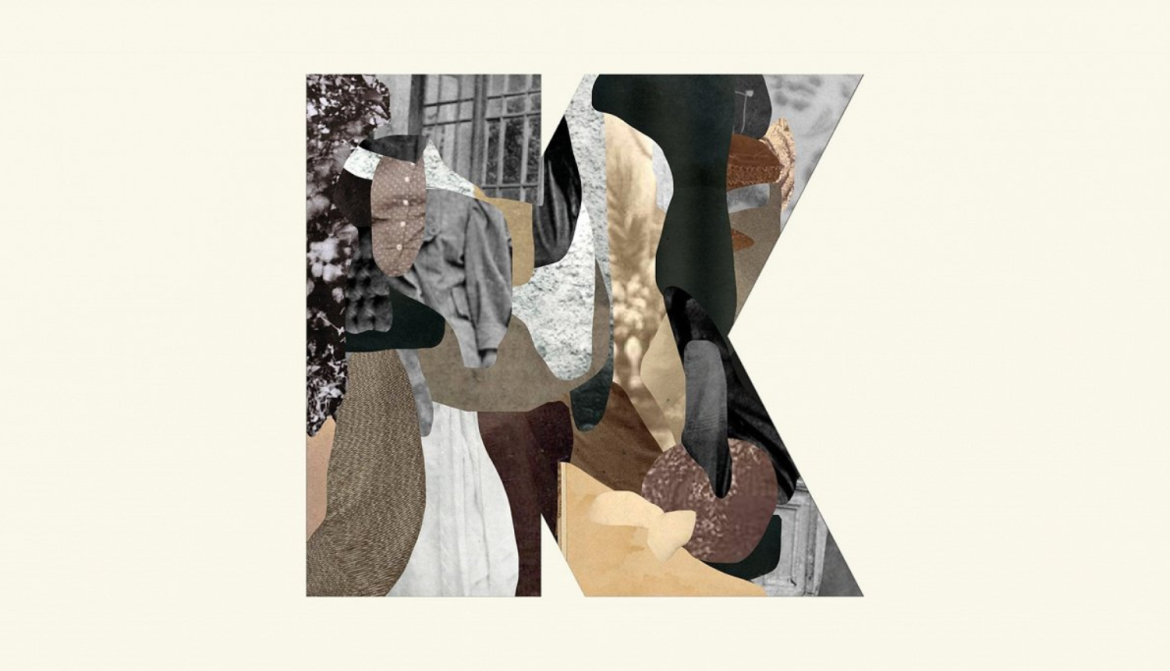
Previously Silenced Women’s Voices
The idea for Realists is linked to the Latvian Science Council-funded project “Recovering Latvian Realism” and the desire to examine what was happening in women’s writing, since the Latvian realist canon has primarily been built around male authors. Women writers entered the literary scene in the mid-19th century, and it is important to highlight the differences they brought.
The exhibition will allow visitors to discover a selection of materials from the LNB collections showcasing the first publications of Latvian women realists. The selection includes writers whose names may be unfamiliar to many: Marija Medinska-Valdemāre, Minna Freimane, Hermīne Zālīte, Birznieku Latiņa, Birznieku Sofija, Tirzmaliete, Emīlija Prūsa, and Anna Brigadere.
“It quickly became clear that this would be an exhibition about personalities. We highlight eight writers, introducing them through their texts,” says Zita Kārkla.
This time period was chosen because it remains little studied - for most people, women’s literature up until World War I is associated only with Anna Brigadere and Aspazija, just two authors.
“I think this collection must be focused squarely on literature. When we started this project, one of our key questions was: What do we still not know about Latvian realism? As often happens, previously silenced or forgotten voices, belonging to women, came to the forefront,” explains Pauls Daija.
He points out that the theme of the exhibition is also relevant for the National Library of Latvia in connection with the upcoming 500th anniversary of the first Latvian book. Research and events planned for 2026 will further highlight women’s contributions to book culture.
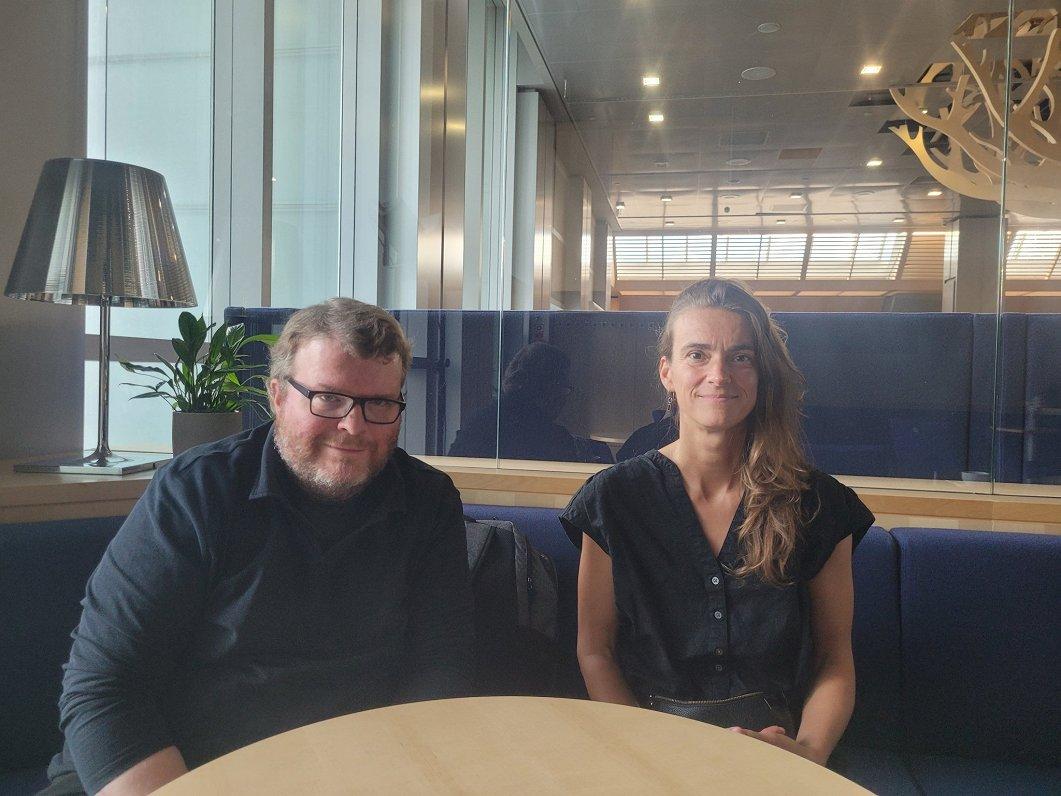
Looking the World in the Eye
Realism emphasised the depiction of everyday life, opening the door for women’s experiences to enter literature and allowing women to write about what they knew best - home, relationships, and family life. They also used this opportunity to address topics important to them: social inequality, education, employment opportunities, and more. Early women writers frequently advocated for the importance of women’s education, using realist literature to show what life without education looked like and how it changed when education became accessible. At the time, women had limited access to education - some attended parish or girls’ schools, but many were self-taught, supplementing their learning through courses, lectures, or letter exchanges. Their works often addressed themes that were personally significant to them. The next generation of women writers, not covered in this exhibition, had access to gymnasium education, but the eight featured writers did not have such formal schooling. This is precisely why their creative work so often wrestled with questions that were deeply relevant to them. Realist literature offered an authentic and multifaceted portrayal of life, often revealing uncomfortable truths that remain relevant today - including inequality, loneliness, and struggles with identity.
“When realism emerged in the 19th century, it differed in that it did not merely seek to reflect reality, but to look the world in the eye - not to escape into imagination or selectively depict reality, but to identify problems. This century allowed the ideas of women’s emancipation to mature, and realism played a crucial role in that process,” says Daija.
Revealing and Inclusive Perspectives
“What the realists introduced was the idea that a writer’s gaze should be like a scalpel, cutting open what we might prefer not to see. Realism often focuses on society’s negative aspects - the ones everyone knows but no one speaks of. I think we can still ask ourselves today whether this kind of gaze is necessary,” notes Daija.
The 19th century also saw the growth of women’s emancipation ideas, and realism was key - it became clear that it was no longer enough for men to write about women. Early feminist thought stressed that women should have their own voice, expressing their perspectives and experiences. It was a demand not only to be depicted but to be authors and thinkers in their own right. In the context of the works featured in the exhibition, Zita Kārkla emphasises that women’s gaze frequently turns toward women themselves:
“For example, in her travel writings, Minna Freimane observes how women live elsewhere - their daily lives, their occupations, and opportunities. This interest in women’s lives abroad marks the beginnings of a global female consciousness. Moreover, these authors were socially active and often economically independent - a sign of women’s real participation in society, not just literary but also economic and intellectual. For instance, Marija Medinska-Valdemāre managed her brother’s estates, Birznieku Latiņa ran her own bookstore, and Hermīne Zālīte was an active publicist.”
Kārkla also points to differences among women writers: those living in cities more frequently highlighted education, self-determination, travel, and European perspectives, whereas rural women focused on what it meant to achieve equality within their own environment. The works of early women writers contain ideas that predate modern feminism, yet they express similar concerns about gender equality, women’s rights, and social justice. They not only observed and reflected on women’s lives but also critically analysed social norms and roles.
“Even writers who resisted modernity and emancipation ideas - such as the Birznieku sisters and Tirzmaliete - included a critical perspective in their observations,” explains Kārkla. “This shows that women in literature could be both observers and reformers - their perspective broadened the understanding of women’s lives and society as a whole.”
Challenging What We Take for Granted
For today’s reader, encountering this collection raises the question: why should we care about such old literature, and what can it offer us now? According to Zita Kārkla, the exhibition invites reflection on what we take for granted today, showing how social norms and opportunities have changed:
“The collection allows today’s reader to rediscover not only the literary value of lesser-known or forgotten works but also the experiences and voices of women. It encourages us to think about how much of what we consider self-evident today was achieved only through long struggles and by overcoming many obstacles.”
“I believe that these beginnings - which were later overshadowed by major achievements - are more valuable than we usually think. Not all of the works in the exhibition, but many of them, are about going against the current - and that is inspiring even today,” adds Daija.
At the time, “going against the current” also meant publishing - daring to add one’s own voice and contribute one’s own urgent and essential themes to the literary conversation, often challenging dominant or popular opinion.
The exhibition will be open from September 4 to November 22 in the LNB’s 5th-floor World of Rare Books space. Two discussions are also planned: on September 9, literary scholars Pauls Daija, Eva Eglāja-Kristsone, Ilva Skulte, and Zita Kārkla will discuss the works and legacy of the featured authors, and on November 13, there will be a conversation with contemporary realist writers Andra Manfelde and Daina Tabūna.
Literary scholar and critic Dr. philol. Zita Kārkla, researcher at the University of Latvia’s Institute of Literature, Folklore and Art, was featured as one of the science personalities in the Science for Latvia 2023 calendar. She specialises in exploring the role of historically marginalised groups - particularly women writers - in Latvian literary history.
Watch a researchLatvia video story with Dr. Philol. Zita Kārkla here:
Raksts tapis Latvijas Zinātnes padomes finansētās Fundamentālo un lietišķo pētījumu projektu programmā, projekts "Atgūstot latviešu reālismu: literārās inovācijas kā identitātes meklējumi"(lzp-2024/1-0341)
